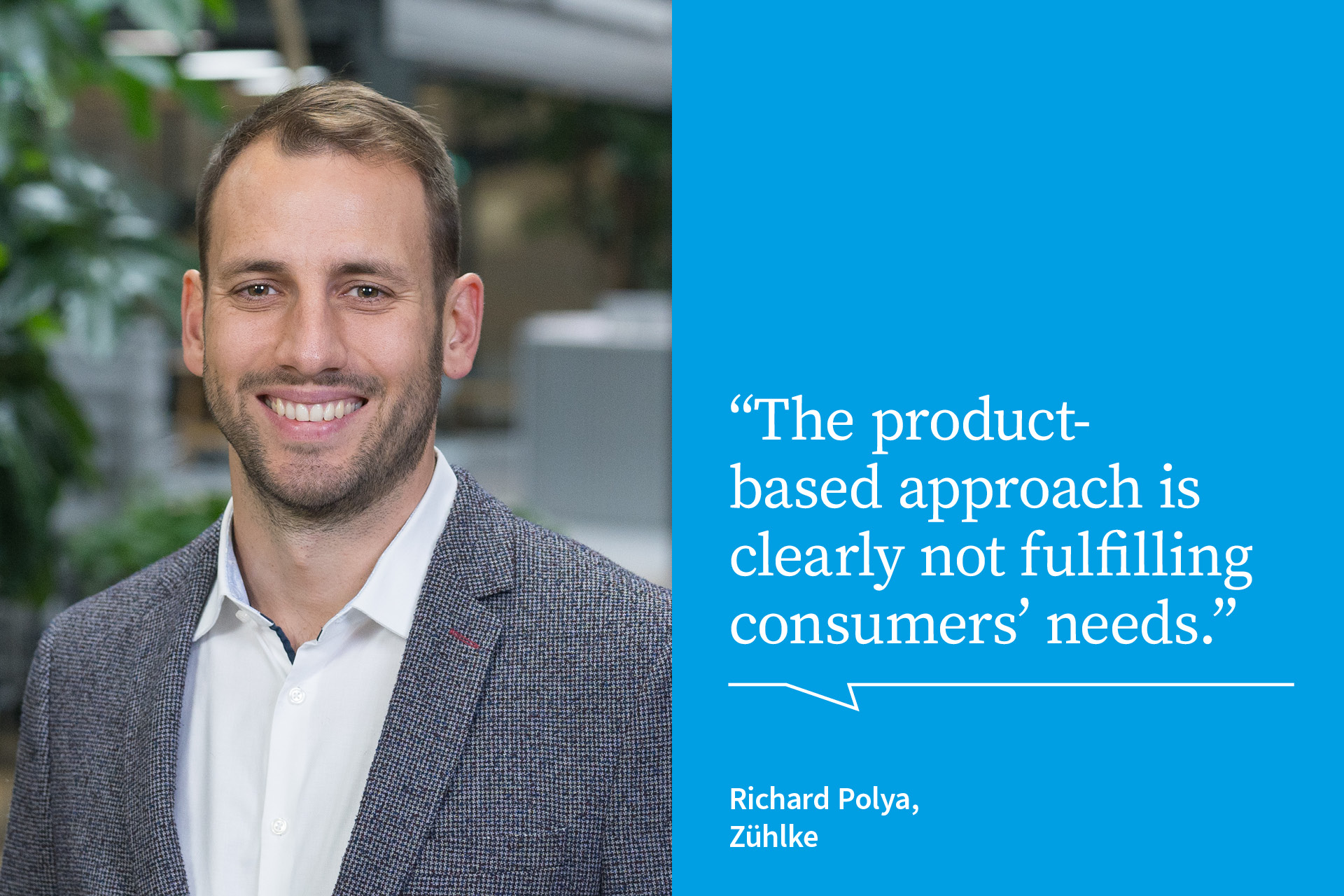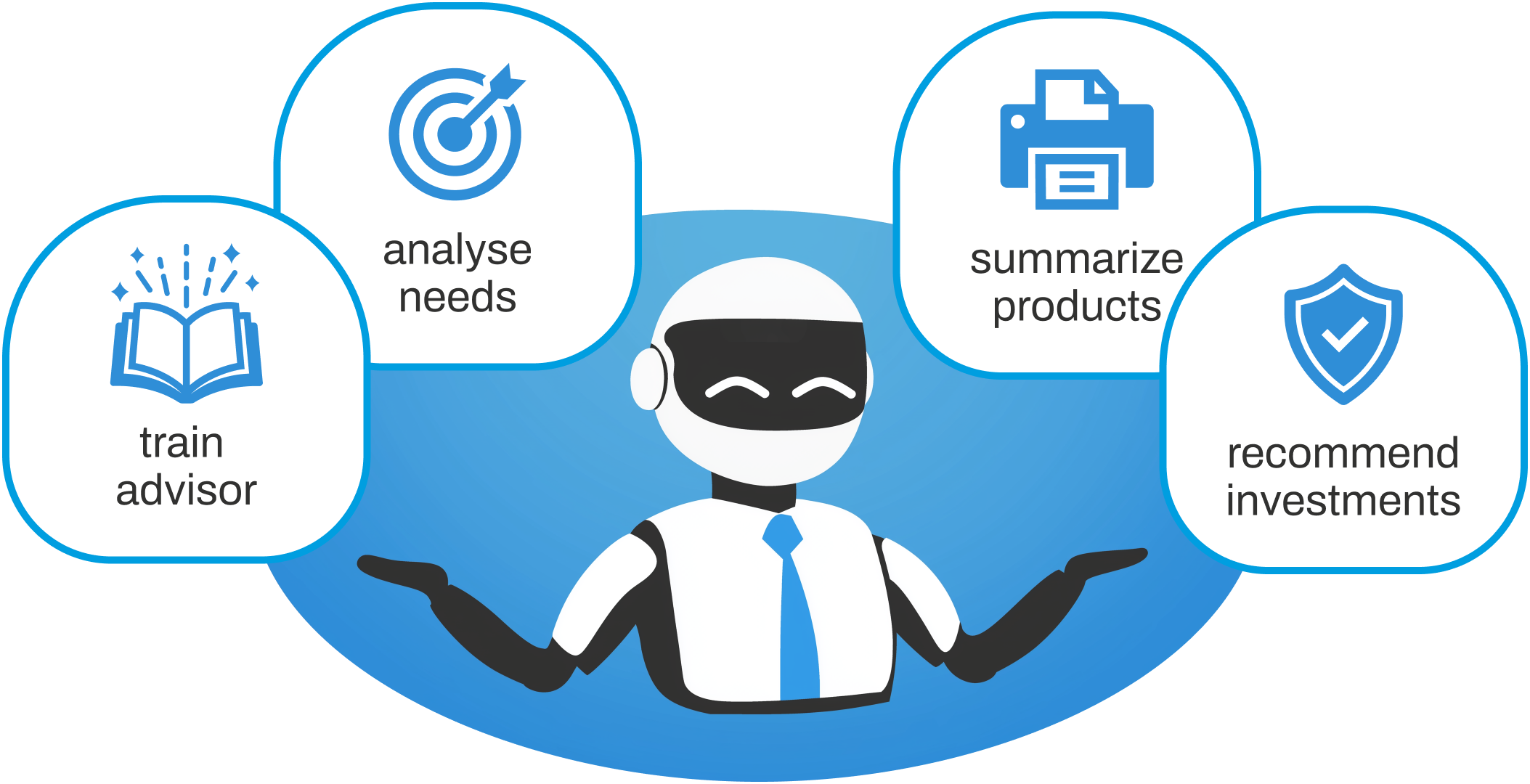Hyper-personalisation in life and health insurance: Revolutionising customer-centric solutions
Consumers today demand solutions or services precisely tailored to their needs, says Zühlke’s Richard Polya. This trend is driving the evolution of hyper-personalisation techniques in the life and health insurance business, as providers shift from a traditional product-centric focus to a data-driven approach.
To deepen their engagement at a time of growing competition, more providers of protection insurance recognise the need to design a new customer value proposition and to offer the optimum service at the right time.
Where personalisation in insurance was once defined by calling customers by their name in emails, hyper-personalisation means leveraging data to proactively help customers by drawing upon a close understanding of what they need in terms of protection insurance.
Richard Polya, Re/insurance Partnership Manager at technology group Zühlke, explains that traditional life and health products are already ‘personalised’ in as much as customer applications provide details about their basic financial and biometric status. “But with those details you can only get an underwriting adjustment or an exclusion. Also, the customer has this product for a long period of time and their health status can change.”
Polya observes that insurance has traditionally been a very product-led business, but with the advent of new data technologies it can finally become more customer needs-led: “It’s happening at the right time because sales of life and health policies risk stagnating.

Hyper-personalisation in financial services generally can be made up of many elements, including designing web-based customer interfaces that are more tailored to individual users and interactive. It can even extend to customised financial learning resources.
In the life and health/protection segment, insurers leading the way in hyper-personalisation also collect lifestyle data and integrate it into their insurance proposition, Polya says: “The main source of such data would be so-called ‘wearables’. Most progress is seen where there is strong potential for incentivising healthy behaviour and protecting livelihood.”
Polya believes that integrating a customer’s lifestyle, health and financial risk data can unlock the potential of hyper-personalisation: “Life and health insurance fits conceptually into a customer’s financial planning, for them and their family. Getting data together and collating it with the help of AI can unlock potential for both sides,” he says. “And having a meaningful dialogue with customers around their current financial situation and goals is beneficial for both sides.”
Polya acknowledges that the challenge of collating so much data might seem insurmountable – but optimism is important: “It’s worth remembering that high net worth (HNW) insurance propositions are already hyper-personalised, simply because it is worth insurers investing (more) into a big ticket HNW package. With the help of technology you can reduce cost while also bringing such hyper-personalisation to a larger customer base. The question for insurers to explore is, what are the features that will help you bring down the cost? That’s the pragmatic approach.”
Data storage and computing power has become relatively cheap and with the right infrastructure in place, large amounts of data can be cleared of noise and purposefully managed in an efficient way, he adds.
Insurers don’t have to supply the transformative technology and it is better to partner with insurtechs, Polya believes. “But it will only work if the insurer is prepared to follow up on the commercial side of a hyper-personalised proposition.”
Polya points to the mixed success of telematics-based products in motor insurance. He says that it has been shown that people only share their data or change their behaviour if there is a meaningful ‘carrot’ on offer. Otherwise, such hyper-personalisation is not sufficiently attractive to customers.
“But generally, so long as they don’t have any hassle providing the data, some customers will be incentivised by the expectation of a hyper-personalised offer,” he says.
“We recently did a survey to do with personal insurance and we found that two-thirds of people are willing to give up personal data in exchange for convenience. We see this as a clear indication of desire for hyper-personalised products and advisory services.”
What does the future of insurance hyper-personalisation look like? AI tools will greatly benefit both sides in the realm of hyper-personalised financial advice, which is so key in protection insurances, Polya believes.
AI will be a driving force because it can swiftly distil swathes of customer data into something meaningful for advisors or agents: “Conventional underwriting differentiators will be set aside and AI will help the buyer and insurer very clearly identify the need that can be served by a protection product. Then it is down to the life and health insurer to offer it.”

The artificial financial assistant
Helping people navigate the complexities of financial planning has long been the task of advisors. Today’s D2C investment and protection options offer good alternatives, but mostly just for those with a certain level of knowledge about the topic. The process of understanding individual needs, scanning the available product universe and distilling it down to sound financial advice is a professional service that comes with considerable responsibility. AI can help in several areas:
1. Training and preparing the financial advisor by playing through scenarios
2. Scanning available sources of customer information to compile an initial needs analysis
3. Summarising and comparing contents of general terms and conditions of financial products allowing for critical insight
4. Generating a recommendation for investment/protection
AI agents conducting these steps already exist. You can find regular updates on these and related topics on Zühlke's blog.
User questions
Answered questions
Unanswered questions
Views: 434
Downloads: 0
| 0 % | |
| 0 % | |
| 0 % | |
| 0 % | |
| 0 % |
Page is favored by 0 user.
Contact inquiries: 0


